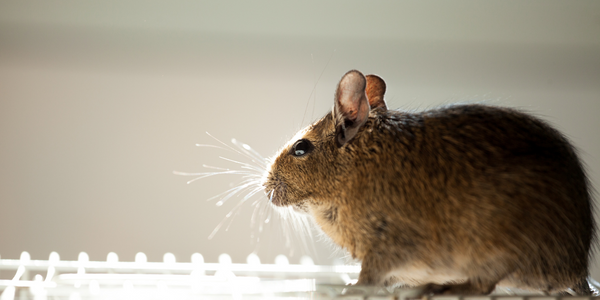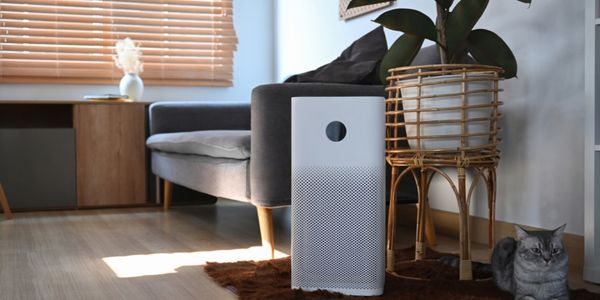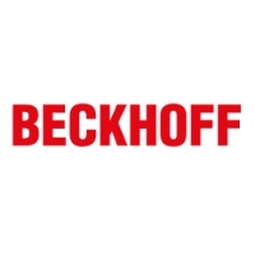Series Production with Lot-size-1 Flexibility

- Automation & Control - Automation & Process Control Systems
- Consumer Goods
- Process Control & Optimization
Nobilia manufactures customized fitted kitchens with a lot size of 1. They require maximum transparency of tracking design data and individual processing steps so that they can locate a particular piece of kitchen furniture in the sequence of processes.
With Beckhoff and Oracle in cooperation, a link between ERP and design software was created. Meanwhile, TwinCAT enabled Nobilia to continuously tap efficiency potential through the integration of stand-alone solutions. High-level language applications are used in production plants to communicate with the database and supply the respective plant controllers with adapted information. Solution Assessment - Type: IoT - Maturity: Medium (technology has been on the market for <5 years) Hardware Components - Beckhoff Control Panel
Related Case Studies.
.png)










